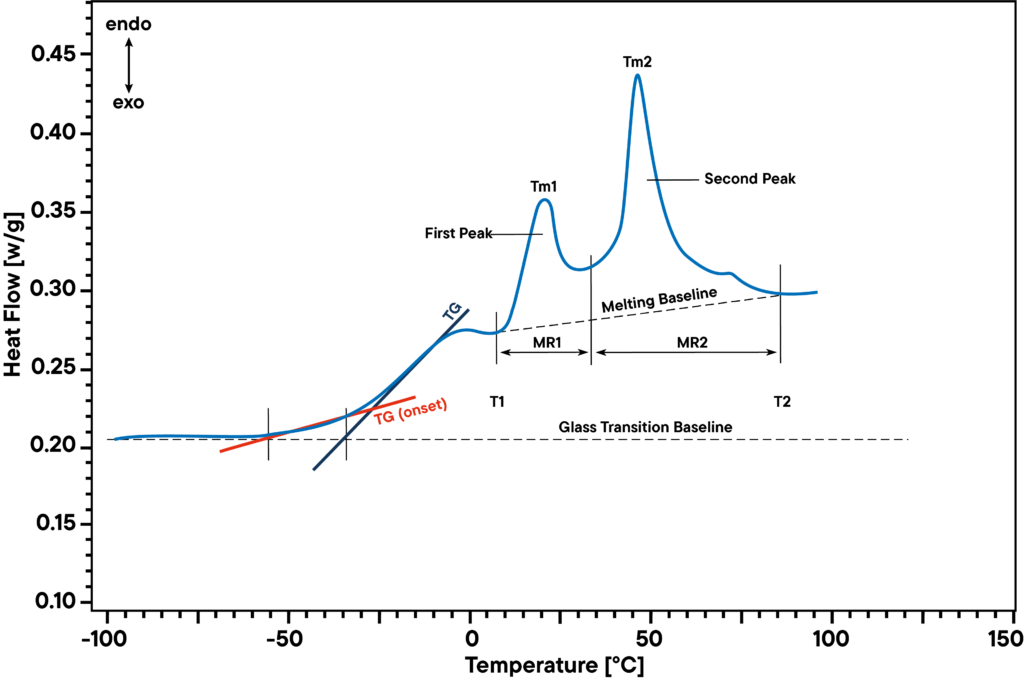Asphalt is a sticky, black and highly viscous liquid or semi-solid substance and consists of bitumen and aggregate. Asphalt is mainly used in road construction, where it is used as an adhesive or binder for the aggregate particles.

Calorimetry is helpful in investigating the thermal behaviour of asphalts. There are important parameters such as glass transition temperature, melting temperature range of the crystallites and melting enthalpy. Immediately after the Tg transition, a small exothermic effect was observed for most asphalts.
It is assumed that this is the result of crystallisation that occurs during the heating process. This exothermic effect is followed by two or three endothermic peaks. The third usually appears as a shoulder at the second peak. DSC tests of fractions based on their different chemical properties show that naphthenic aromatics make a major contribution to the endothermic effect of the parent asphalt.
Polar aromatics are thought to be mainly responsible for the shoulder peak as they show a low endothermic effect at approximately the same temperature range. Asphaltene shows no endothermic effect due to its chemical nature.


